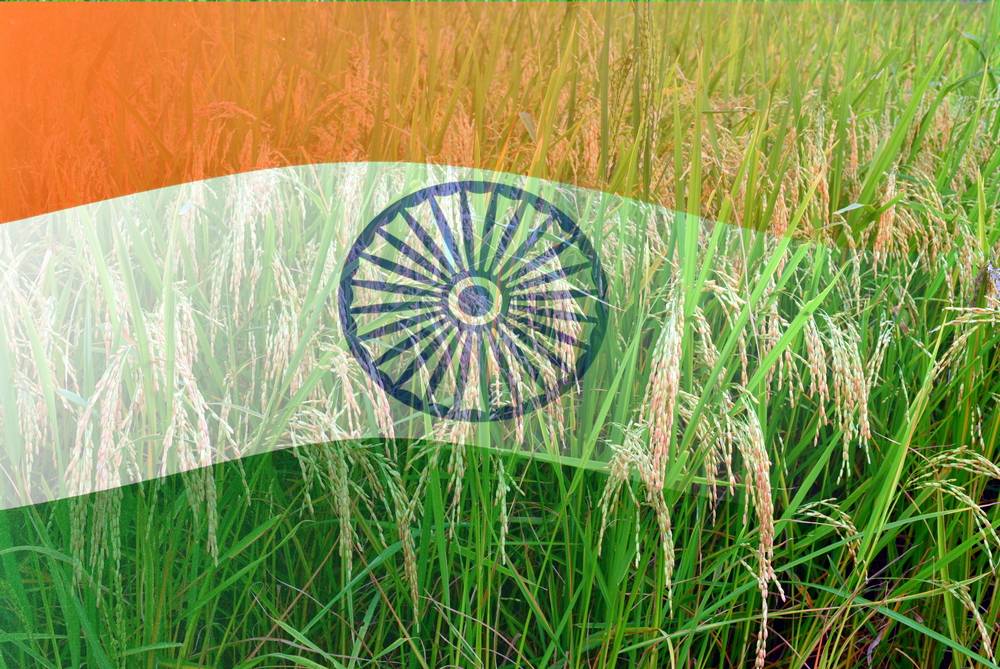 Last updated: May 26th, 2019 1:25 AM
Last updated: May 26th, 2019 1:25 AM
National Food Security Mission
The Government of India through the National Development Council (NDC) has launched the National Food Security Mission (NFSM). The mission was mainly developed to increase the production of food grain in the state. Also, this scheme facilitates in developing new high-yielding/hybrid varieties of field crops, horticultural crops and breeder seeds for promoting the sustainable agricultural sector in the nation. In this article, we look at the National Food Security Mission in detail.Objectives of the Scheme
The objectives of the National Food Security Mission are given below:- To improve the production and productivity of wheat, rice and pulses on a sustainable basis.
- To raise the income of farmers through enhanced technologies and farm management practices.
- To ensure food security in the country.
Components of NFSM
NFSM has five major components as mentioned below:- National Food Security Mission - Food Gain Crops (NFSM-Food Gain Crops)
- National Food Security Mission - Coarse Cereals (NFSM-Coarse Cereals)
- National Food Security Mission - Commercial Crops (NFSM-Commercial Crops)
- National Food Security Mission - Oilseeds and Oil Palm (NFSM- National Food Security Mission)
- National Food Security Mission - Seed Village Programme (NFSM-Seed Village Programme)
NFSM Subsidy
Assistance for Hybrid/Certified Seed
Under NFSM, the assistance for seed is limited to 2 hectares per farmer as per below table:| Particulars | Crops types | Subsidy Rate |
| Rice |
|
|
| Wheat | Varieties | Rs. 10 per kg for varieties less than 10 years |
| Pulses | Varieties | Rs. 25 per kg or 50% of the cost, whichever is less for varieties less than 15 years |
| Coarse Cereals | Varieties | Rs. 15 per kg or 50% of the cost whichever is less for varieties less than 10 years |
Assistance for micronutrients/lime/gypsum or sulphur containing fertilizers
Under NFSM, the assistance of fertilizers is for a maximum of two hectares for rice, wheat and pulses:| Fertilizer | Subsidy Rate |
| Micro-nutrient | Rs. 500 per hectare or 50% of the cost whichever is less |
| Liming or paper mud of acidic soil | Rs. 1000 per hectare or 50% of the cost whichever is less |
| Gypsum/other sources of sulphur | Rs. 750 per hectare or 50% of the cost whichever is less |
| Bio-fertilizers | Rs. 100 per hectare or 50% of the cost whichever is less |
Assistance for Commercial Crops
The commercial crops covered under NFSM are Cotton, Jute and Sugarcane and the below table explains the financial assistance:| Crop | Type of Front Line Demonstration (FLD) | Subsidy Rate |
| Cotton |
|
Rs.7,000 Rs.8,000 Rs.7,000 Rs.9,000 |
| Jute |
|
Rs.20,000 RS.8,000 |
| Sugarcane |
|
Rs.8,000 Rs.8,000 |
Selection of Beneficiaries
The Gram Panchayats is responsible for the selection of beneficiary farmers. Only the farmers who are willing to cooperate and contribute some of their resources should be selected. Selection of beneficiaries should be made by adopting a “Participatory” approach. The allocation to SC/ST farmers is performed with respect to their population in the district. At least 33% of the fund is allocated for small and marginal farmers and 30% of the fund to be allocated for women farmers. Note: National Food Security Mission is currently implemented in 638 identified districts of different states. Also, read about Food Security CardPopular Post

In the digital age, the convenience of accessing important documents online has become a necessity...

The Atalji Janasnehi Kendra Project that has been launched by the Government of Karnataka...

The Indian Divorce Act governs divorce among the Christian couples in India. Divorce...

When an individual has more than a single PAN card, it may lead to that person being heavily penalised, or worse,...

Employees Provident Fund (PF) is social security and savings scheme for employee in India. Employers engaged...


